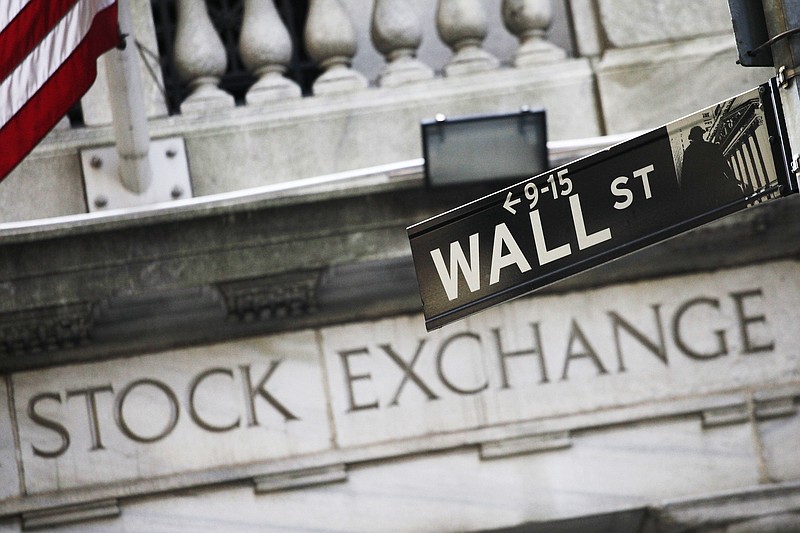The vaunted Dow Jones Industrial Average got a makeover this week, as three members were shown the door and three usurpers were initiated into the club. These adjustments take place every couple of years, but this one is particularly significant in that one of the departing members, Exxon Mobil, was the longest-tenured member of the index, going back to 1928 as John D. Rockefeller's Standard Oil of New Jersey. Exxon, Raytheon Technologies and Pfizer Inc. give way to Salesforce.com, Amgen and Honeywell International.
The index, now owned by S&P Global (the parent of Standard and Poor's), is reconfigured periodically to reflect structural changes in the economy as well as evolution of individual companies that comprise the index. The last revision was in 2018, when the only remaining original member of the DJIA, General Electric, got the heave ho in favor of Walgreens.
The Dow Jones Industrial Average has a storied history as the first significant broad indicator of the overall U.S. stock market. The index traces its origin to Charles Dow, the founder of the Wall Street Journal in 1889. Dow and 2 business partners sought to tally the performance of a basket of railroad stocks by reporting the sum of their stock prices in what was dubbed the Dow Jones Transportation Index.
In 1896, Dow refined his methodology and created a compilation of 12 industrial corporations that eventually become the Dow Jones Industrial Average. The constituents of the index were selected to represent the broader industrial economy of the US that was enjoying substantial growth during that late 19th century. The number of companies included in the index gradually increased to the present 30 names in 1928, the same year in which Standard Oil gained admission.
While S&P Global rejiggers the index to maintain broad representation, this particular adjustment was prompted by a technical non-event: Apple's decision to split its shares 4 for 1.
Most modern market indices like the S&P 500 are "market cap weighted". The relative weight of each company in the index is proportional to its total stock market valuation, or market capitalization. With a market cap of over $2 trillion, Apple is the biggest component of the S&P.
The Dow Jones index is a throwback. Companies in the DJIA are weighted according to their stock prices. Until Monday, Apple was the biggest constituent since it had the priciest stock: $600 per share compared with number 2, United Healthcare at $315. Walgreens brought up the rear at just $38 per share and hence had the smallest weight in the index.
After the Apple split, the stock price was adjusted down from $600 to $150 (as the number of shares increased fourfold). Nothing fundamentally changed, but the price weighting methodology meant that the world's largest company now fell to the middle of the pack in its impact on the Dow. In addition, the index was already energy-heavy, with Chevron also a long-time constituent. The changes are an effort to make the index look somewhat more like the broader market.
All of which begs the question: why do we still focus on the DJIA when there are better alternatives? To some degree, the answer is inertia. The Dow Jones Industrial Average has for generations represented the "market" in a snapshot, despite its shortcomings. But the tide is shifting with the adoption of indexing as an asset strategy. Today, over $300 billion in actively managed funds are benchmarked to the S&P 500, compared with just $25 billion tracking the DJIA. A similar gap exists with regard to passive index funds, and the disparity is growing.
In terms of its real import, the Dow Jones Industrial Average is much less relevant today. But for many, it remains the iconic symbol of the mighty American capital market. The departure of Exxon after a 92-year run is emblematic of the adage that the only constant is change.
Christopher A. Hopkins, CFA, is a vice president and portfolio manager for Barnett & Co. in Chattanooga.
